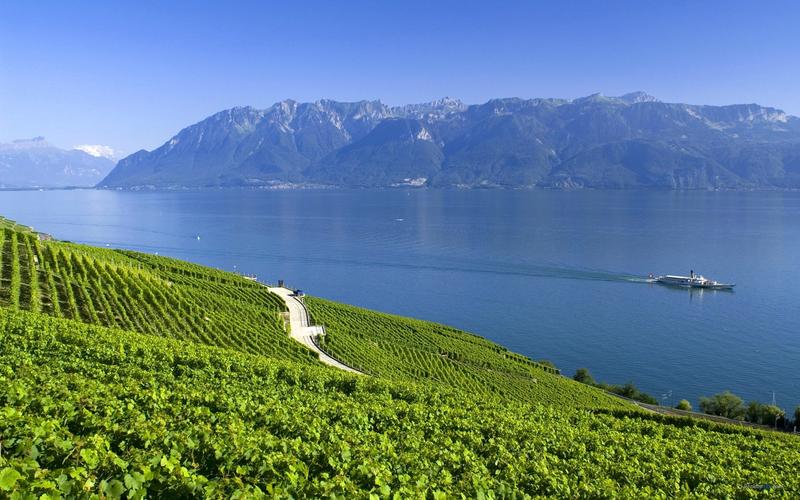Introduction
Irish clothing culture is as diverse and intriguing as the country’s history and landscape. Over the centuries, various styles and garments have emerged, influenced by factors such as climate, occupation, and social class. From Aran sweaters to tweed caps, Irish clothing has become synonymous with comfort, durability, and style. In this article, we’ll explore the fascinating world of Irish clothing culture, including its history, traditional garments, and modern-day influences.
The History of Irish Clothing Culture
Irish clothing culture has roots that date back over a thousand years. In the early Middle Ages, Irish people wore simple linen and woolen robes called léine. These garments were often colorful and decorated with intricate patterns, reflecting the country’s rich artistic and textile heritage. As the centuries passed, new fabrics and styles were introduced, reflecting changing fashion trends and social norms.
One of the most iconic garments in Irish history is the kilt, which dates back to the 16th century. Kilts were traditionally worn by Scottish and Irish men as a symbol of pride and identity. Today, kilts are still worn for special occasions, such as weddings and cultural festivals.
Another important aspect of Irish clothing culture is the Aran sweater. This distinctive knitwear was first produced in the Aran Islands off the west coast of Ireland in the early 1900s. Aran sweaters are often made of wool and feature intricate cable patterns, representing blessings, good luck, and fishing communities.
Traditional Irish Garments
Despite modern influences, many traditional Irish garments are still worn today, reflecting the country’s enduring cultural heritage. For example, the Irish cap or tweed cap is a popular accessory for men and women, particularly in rural areas. Caps are often made of wool and feature a traditional herringbone or check pattern.
One of the most iconic pieces of Irish clothing is the Celtic cloak or brat. These blankets or shawls are made of wool and often feature intricate designs and patterns, often with important symbolic meanings.
The traditional Irish dress or léine is still worn today, particularly for special occasions such as weddings and religious ceremonies. These long, flowing gowns are often made of linen or silk and feature intricate embroidery or lace.
Modern-Day Influences
Like many cultures, Irish clothing culture has adapted to modern-day influences, creating a unique blend of tradition and innovation. For example, contemporary designers are incorporating traditional elements such as Aran knitwear or tweed fabric into modern garments and accessories.
The global popularity of Irish dance and music has also influenced Irish clothing culture. The popularity of Irish dance shoes and dancewear has led to an interest in traditional Irish garments, such as the Celtic cloak and the Irish dress.
In recent years, sustainability has become an important factor in Irish clothing culture. Many designers are using eco-friendly materials and production methods to create beautiful, high-quality garments with a low environmental impact.
Conclusion
Exploring the fascinating world of Irish clothing culture reveals a rich tapestry of tradition, innovation, and identity. From the ancient léine to the modern Aran sweater, Irish clothing culture has evolved to reflect the country’s changing social and cultural landscape. By incorporating traditional elements into contemporary designs and embracing sustainability, Irish clothing culture remains a vital and dynamic part of the country’s national heritage.
(Note: Do you have knowledge or insights to share? Unlock new opportunities and expand your reach by joining our authors team. Click Registration to join us and share your expertise with our readers.)
Speech tips:
Please note that any statements involving politics will not be approved.
